Deck & Commander Strategies
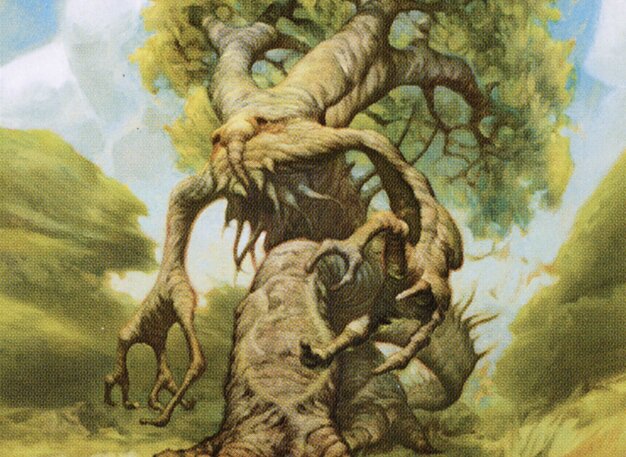
Doran, the Siege Tower
Utilizes creatures with high toughness to assign combat damage equal to toughness rather than power, enabling big blockers to become potent attackers and control the board through unique combat damage mechanics.

Rakdos, Lord of Riots
Focuses on reducing the cost of casting large, impactful demons by manipulating opponents' life totals and deploying aggressive creatures like Master of Cruelties to quickly pressure opponents' life totals.
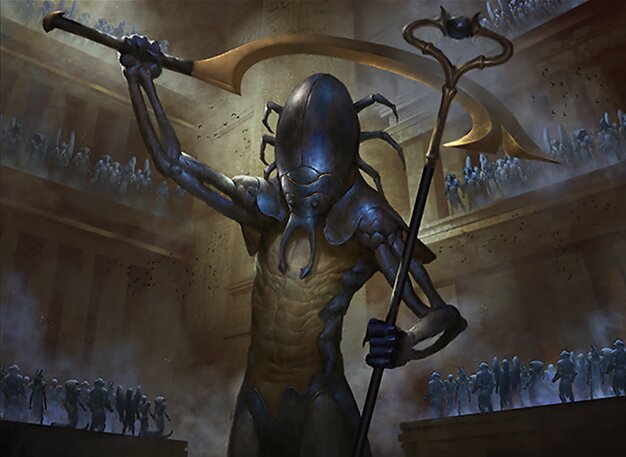
The Scarab God
Builds a zombie tribal strategy that leverages graveyard recursion and incremental value by creating zombie tokens, scrying, and stealing opponents' creatures from graveyards to maintain board presence and control.
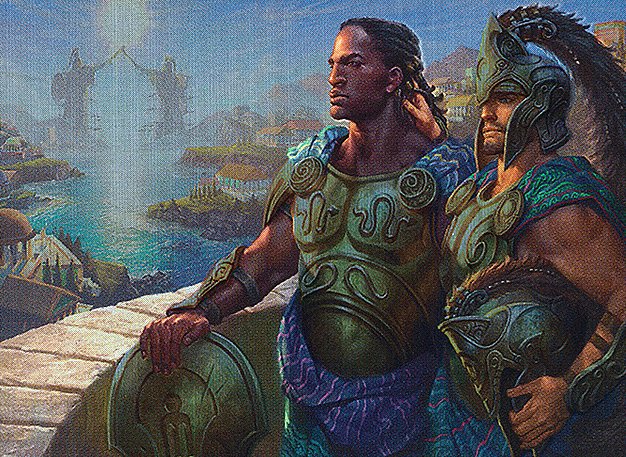
Kynaios and Tiro of Meletis
Plays a group hug style by ramping mana, distributing extra cards and lands to opponents, and using political tools to maintain a balanced game state while occasionally winning through resource advantage.
Gameplay Insights
- 1
Transferring control of Master of Cruelties was a pivotal political move to redirect aggression and avoid immediate lethal damage.
- 2
Doran's unique combat damage assignment forced opponents to rethink blocking strategies and combat engagement.
- 3
The Scarab God player's use of graveyard recursion and zombie token generation provided sustained board presence and incremental damage.
- 4
Kynaios and Tiro's group hug tactics extended the game by ramping all players and sharing resources, influencing political dynamics.
- 5
Players actively utilized utility lands and mana fixing like Terramorphic Expanse and Path of Ancestry to ensure smooth casting of diverse spells.
- 6
The game showcased how political negotiation and temporary alliances can be vital in multiplayer Commander games to survive until a winning opportunity arises.
Notable Cards
-
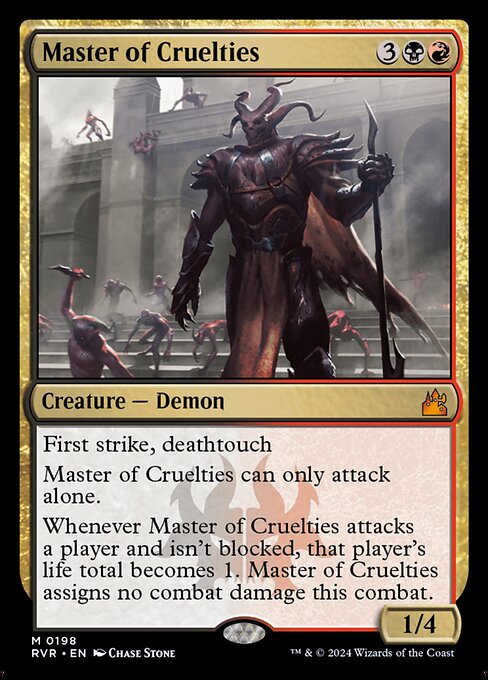
Master of Cruelties
-
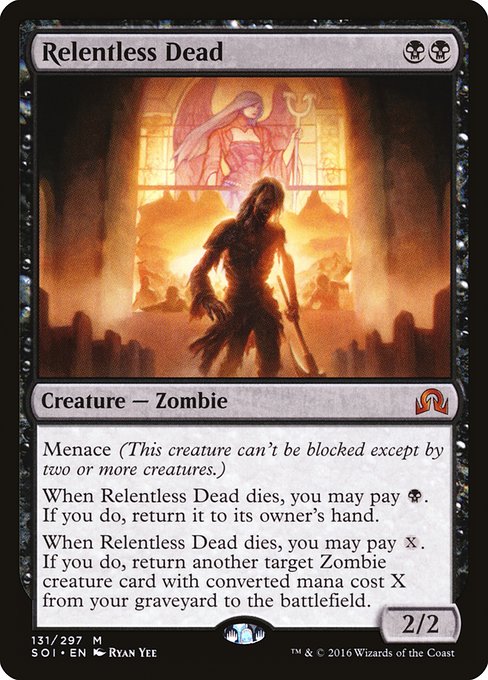
Relentless Dead
-
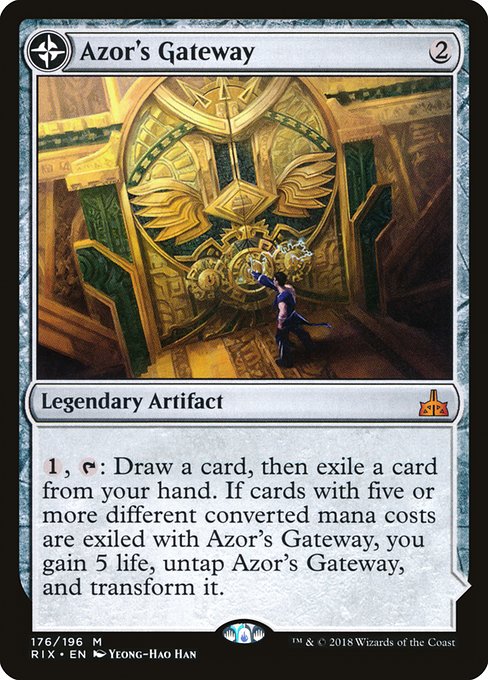
Azor's Gateway // Sanctum of the Sun
-

Path of Ancestry
-

Terramorphic Expanse
-

Exotic Orchard
-
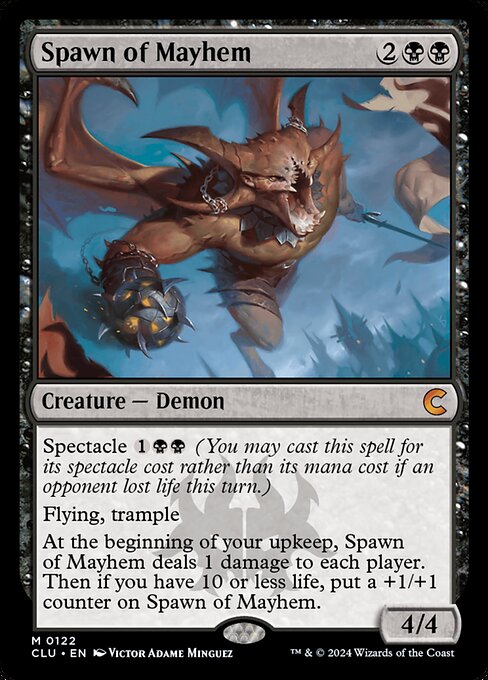
Spawn of Mayhem
-
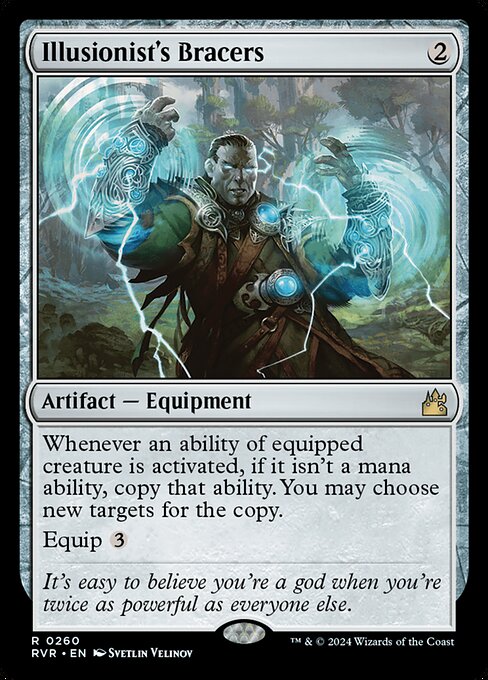
Illusionist's Bracers
Gameplay Summary
The game began with each player developing their mana base carefully while deploying early threats and utility lands.
Doran, the Siege Tower's player focused on maximizing the unique damage assignment mechanic, trying to leverage creatures with high toughness for combat damage.
Rakdos, Lord of Riots' player aimed to cast large demons at reduced cost by manipulating opponents' life totals, quickly deploying Master of Cruelties to threaten lethal damage.
The Scarab God player built a zombie strategy, using creatures like Relentless Dead to recur zombies and generate incremental value through scry and damage triggers during upkeep.
Meanwhile, Kynaios and Tiro of Meletis promoted a group hug style by ramping mana and distributing resources to opponents, injecting political dynamics into the game. A key turning point occurred when Rakdos's player cast Master of Cruelties, threatening to drop an opponent's life total to one if unblocked, forcing defensive blocks and political maneuvering, including temporarily transferring control of this demon to another player to avoid immediate retaliation.
The Scarab God player steadily developed their zombie army and graveyard recursion, while Doran's player prioritized casting big toughness creatures to capitalize on Doran's damage redirection.
The group hug player used utility lands like Azor's Gateway to draw cards and maintain options, balancing aggression with political incentives.
The game featured complex interactions around creature control, combat damage assignments, and maintaining board presence, with each player attempting to outmaneuver the others through strategic combat and card advantage.
The ending surprised players, diverging from expected kill sequences, emphasizing the unpredictable nature of multiplayer Commander games.



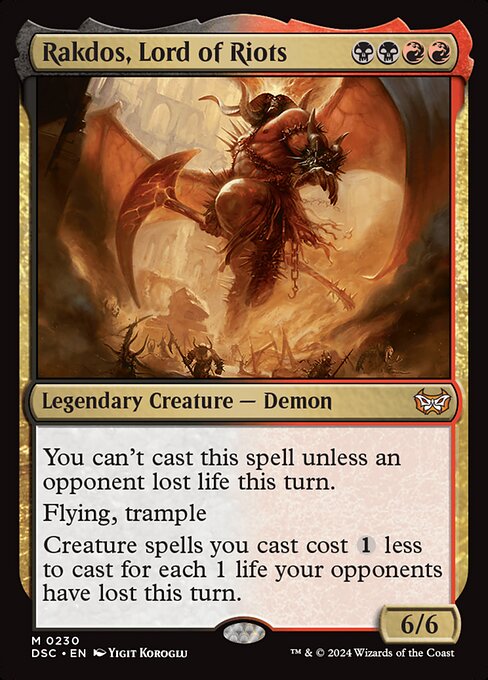














![Commander VS S7E8: Wrexial vs Rakdos vs Zur vs Feldon [MTG] thumbnail](https://i.ytimg.com/vi/uShPuN5yal8/sddefault.jpg)
![Commander VS S4E5: Rakdos vs Geist vs Bosh vs Wrexial [MtG: Multiplayer] thumbnail](https://i.ytimg.com/vi/u4s3IlCLlpk/sddefault.jpg)










![Commander VS S14E7: Sharuum vs Jhoira vs Melek vs Kynaios and Tiro [EDH] thumbnail](https://i.ytimg.com/vi/1vD3yLJEw7E/sddefault.jpg)




![Planechase Party [Commander VS 304] | Magic: the Gathering Commander Gameplay thumbnail](https://i.ytimg.com/vi/CkGLzCD115Q/sddefault.jpg)


![Commander VS S1E6: ??? vs ??? vs ??? vs ??? [MTG Multiplayer] thumbnail](https://i.ytimg.com/vi/Zdk_0-b6KmE/sddefault.jpg)
![Commander Versus Series: Athreos v. Vhati Il-Dal v. Jenara v. Doran [MTG Multiplayer] thumbnail](https://i.ytimg.com/vi/E2E164x4aAE/sddefault.jpg)










